
Introduction
Gestures play an important role in communication, and Japan has its own set of unique and commonly used gestures that may seem different from those in other cultures. In this blog post, we’ll introduce some everyday Japanese gestures and explain how they are used in different situations. Knowing these can help you better understand Japanese culture and non-verbal communication.
Come Here (来て – きて)

In Japan, when you want to call someone over, the gesture is different from what you might see in Western countries. Instead of waving with the palm facing up, Japanese people gesture with their palm facing down, and they move their fingers towards themselves. You don’t always need to say anything—just making this gesture or even a simple glance can communicate your request for someone to come closer. This is often used in public places or when people are at a distance.
Sorry/Thanks (ごめん/ありがとう – Gomen /Arigatou)
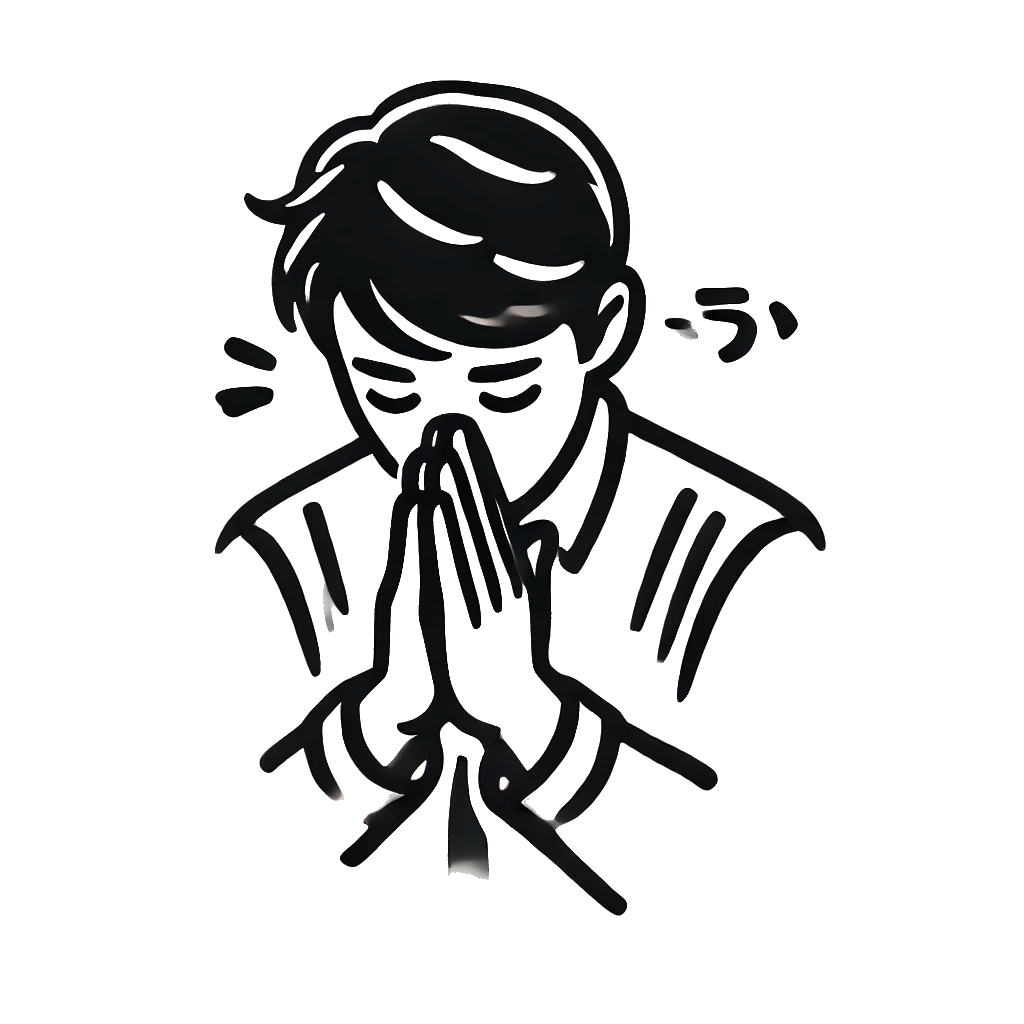
In casual settings, Japanese people sometimes press their palms together, like in a prayer, to say “sorry” or “thanks.” This gesture is often seen when people say “いただきます” (Itadakimasu) before eating, or “ごちそうさまでした” (Gochisousama deshita) after finishing a meal, as a way of showing gratitude. It’s typically used with friends or family and in informal situations.
I/Me (自分を指す – Jibun wo sasu)
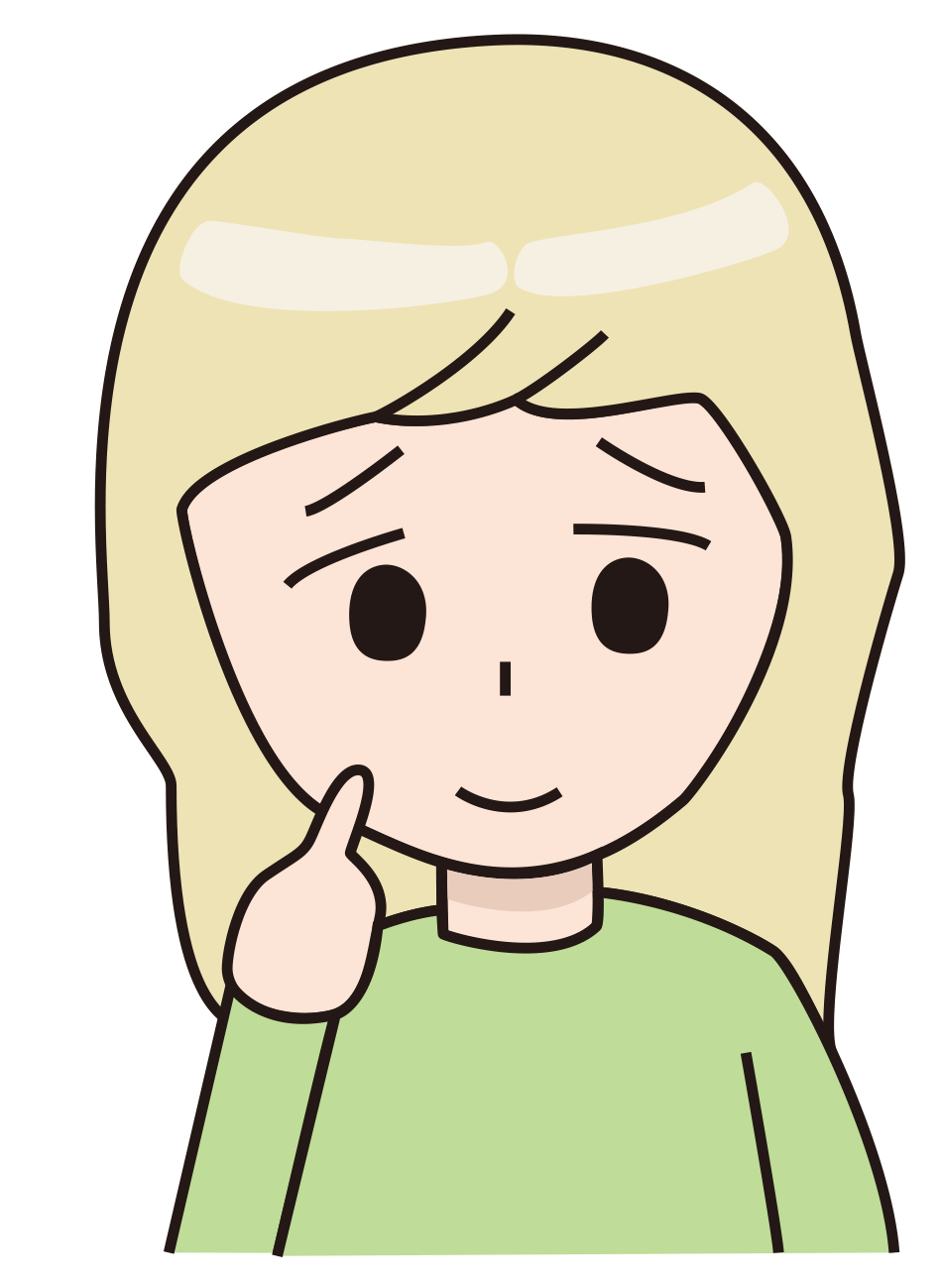
In Japan, people often point to their nose when referring to themselves. This might seem unusual to foreigners, but it’s common in everyday conversations. For example, if a group is trying to decide who will do something and everyone looks at one person, that person might point to their nose and say, “Me?” or “You mean me?” This gesture is a subtle way of confirming if they are the one being referred to.
OK

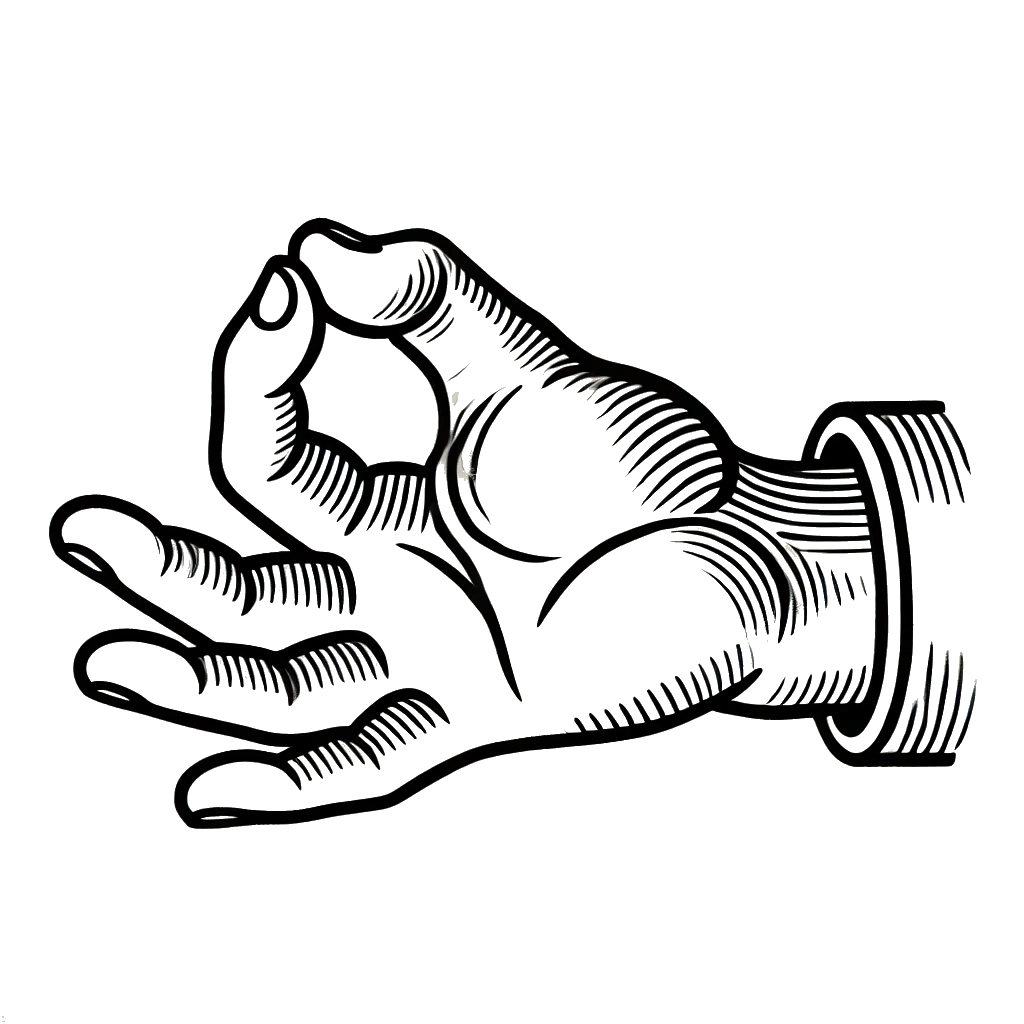
There are two common ways to show “OK” in Japan:
- The first is forming a circle with your thumb and index finger, which is similar to the “OK” gesture in many countries. However, in Japan, this can also mean “money” depending on the situation.
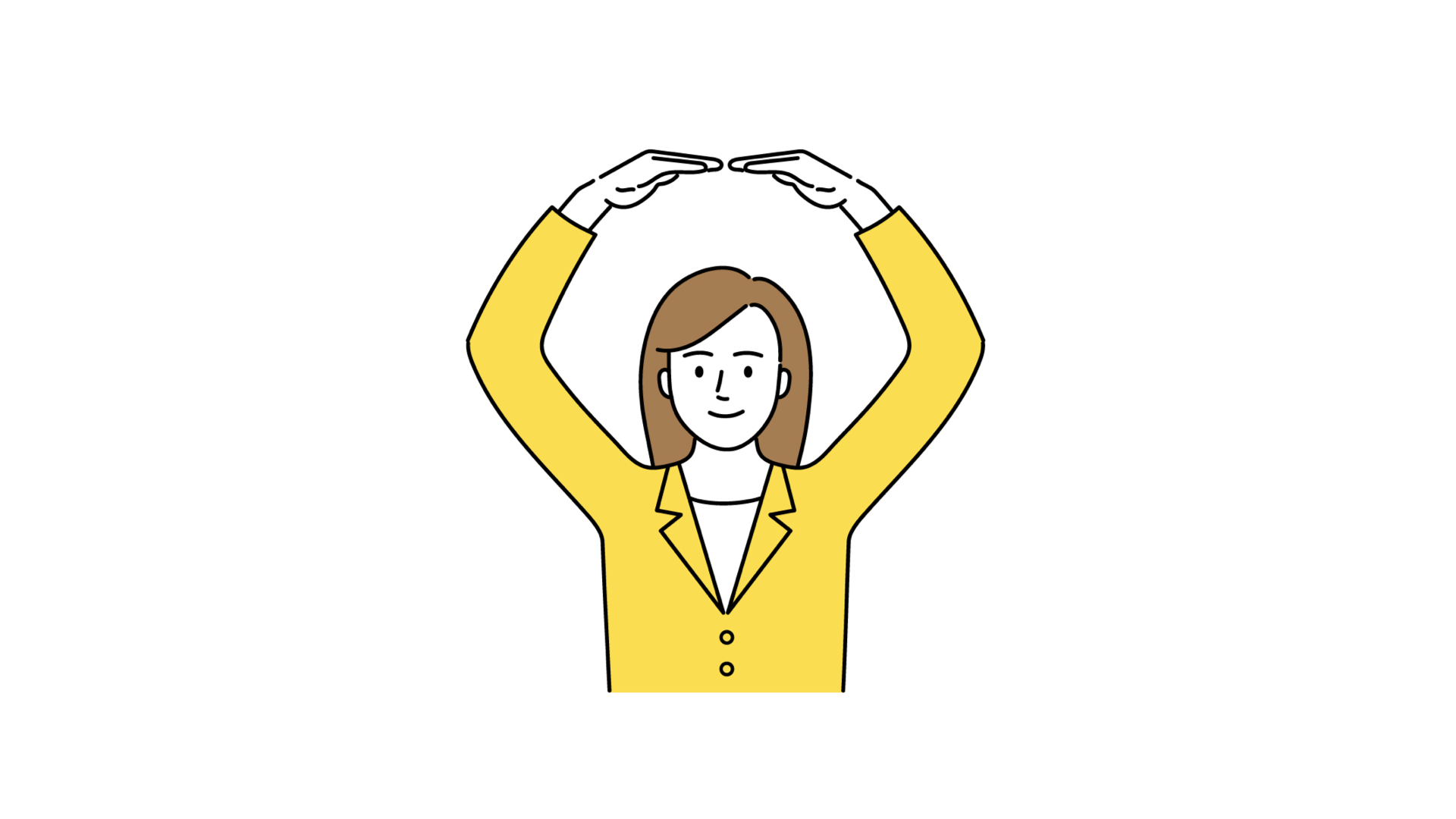
- The second is raising both hands above your head to form a large circle. This gesture is also used to say “OK” or “everything’s fine.”
No Good (ダメ – Dame)
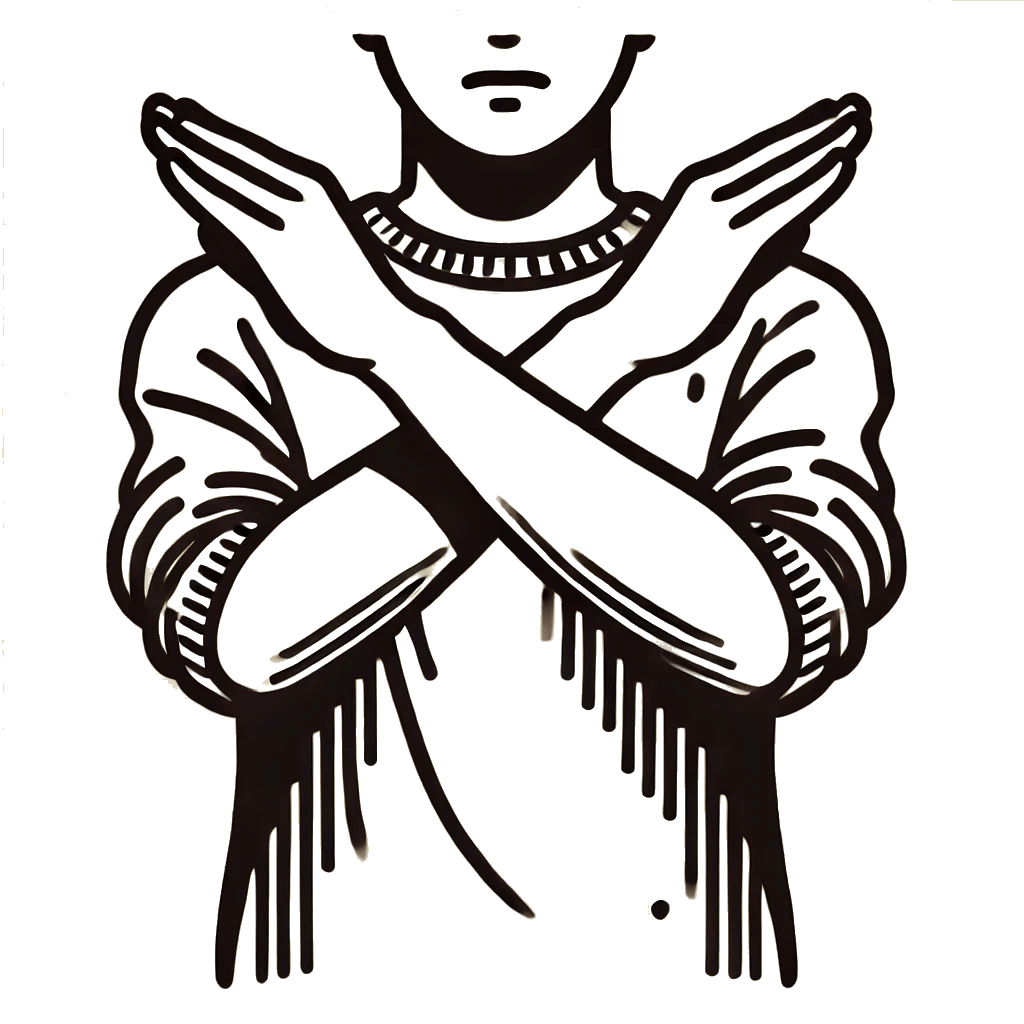
When something is not allowed or when people want to strongly say “no,” Japanese people often cross their arms in front of their chest in an “X” shape. This gesture clearly communicates that something is unacceptable or forbidden.
I Don’t Know (首を傾げる – Kubi wo kashigeru)

In Japan, tilting your head to one side shows confusion or uncertainty. It’s a non-verbal way of saying “I don’t know” or “I’m not sure.” This gesture is often used without thinking and helps express puzzlement during conversations.
V-Sign (ピースサイン – Piisu sain)
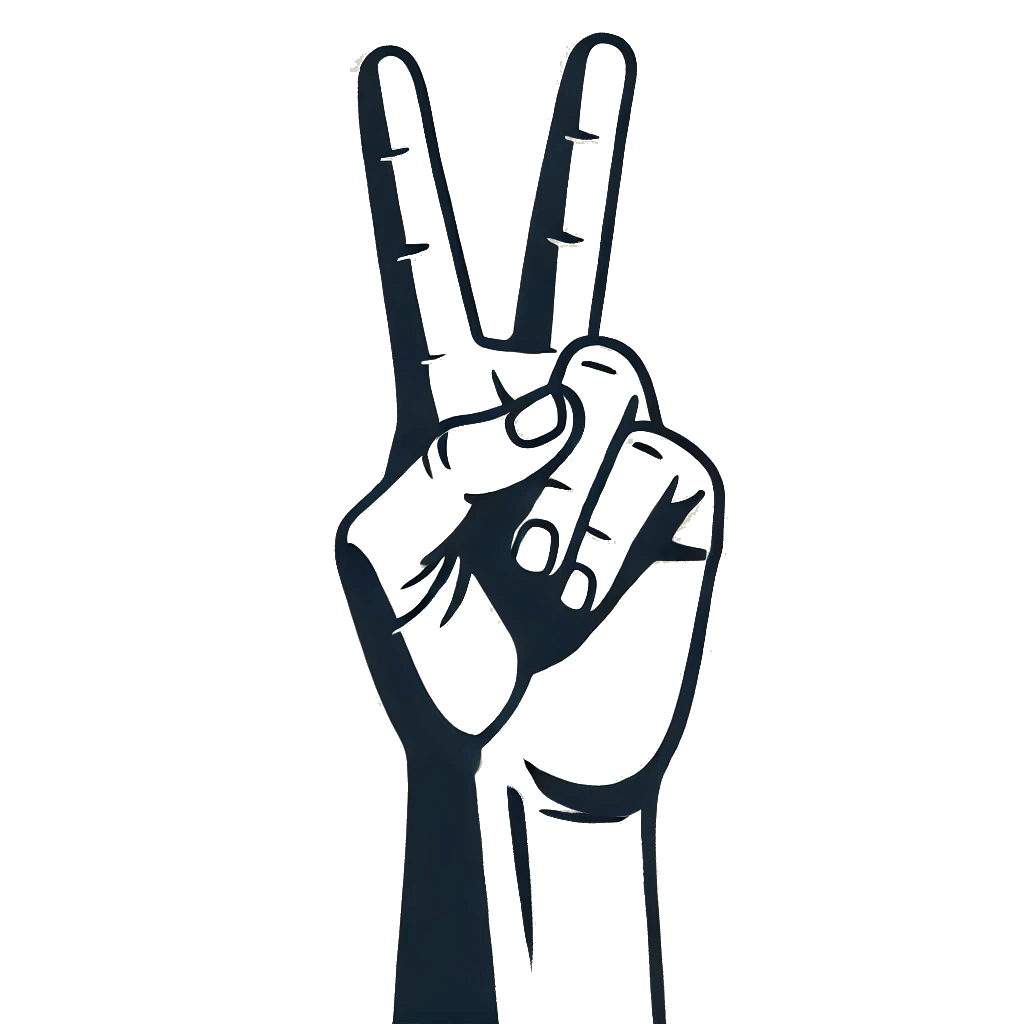
The V-sign, often called the “peace sign,” is extremely popular in Japan, especially when taking photos. People make a V with their fingers and often place it near their face to show friendliness or fun. It’s a casual and lighthearted gesture that is widely recognized in Japan.
Conclusion
Understanding these common Japanese gestures can help you communicate more effectively and understand non-verbal cues while interacting with Japanese people. Whether it’s calling someone over, expressing thanks, or showing confusion, gestures in Japan carry specific meanings that are a unique part of the culture. By learning these, you’ll be able to better navigate daily interactions and appreciate the subtle aspects of Japanese communication.



